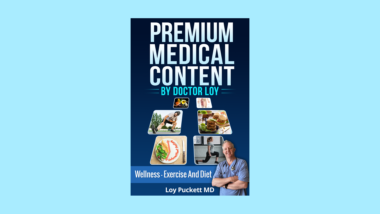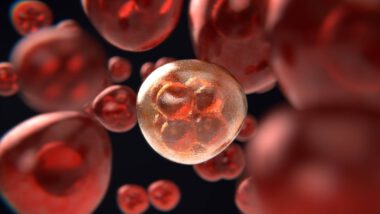Targeted relief from joint pain associated with various types of arthritis is easily done with physiotherapy at home.
Whether you suffer from rheumatoid arthritis (RA), osteoarthritis (OA), or gout, the advice is to exercise or do physiotherapy.
However, no one tells you what exercises work for specific joints, and not everyone has the money to finance ongoing physiotherapy.
While advanced stages of arthritis should always be supervised by a physiotherapist, mild cases or early-onset arthritis can be managed with exercise at home.
Reduce pain and inflammation and get those joints mobile-friendly again with specific workouts for the most commonly affected joints.
Physiotherapy Hacks at Home
Physiotherapy or targeted exercises are recommended to restore the functions of joints in osteoarthritis, and some exercises can reduce inflammation in the hands in cases of rheumatoid arthritis.
Exercise can promote the elimination of uric acid, which forms painful crystals around the joints in gout.
For any exercise, please warm the muscles up with a hot bath first and never press through extreme pain.
Discomfort can be expected, but extreme pain can indicate cartilage deterioration in OA, which means that your bones are starting to fuse or are becoming brittle.
However, these exercises are low-impact mobility strategies.
Hands
Exercising the hands and wrists is essential for RA and OA patients.
Your range of motion might be deteriorating with arthritis affecting the smaller joints in the fingers or the larger joint in the wrist.
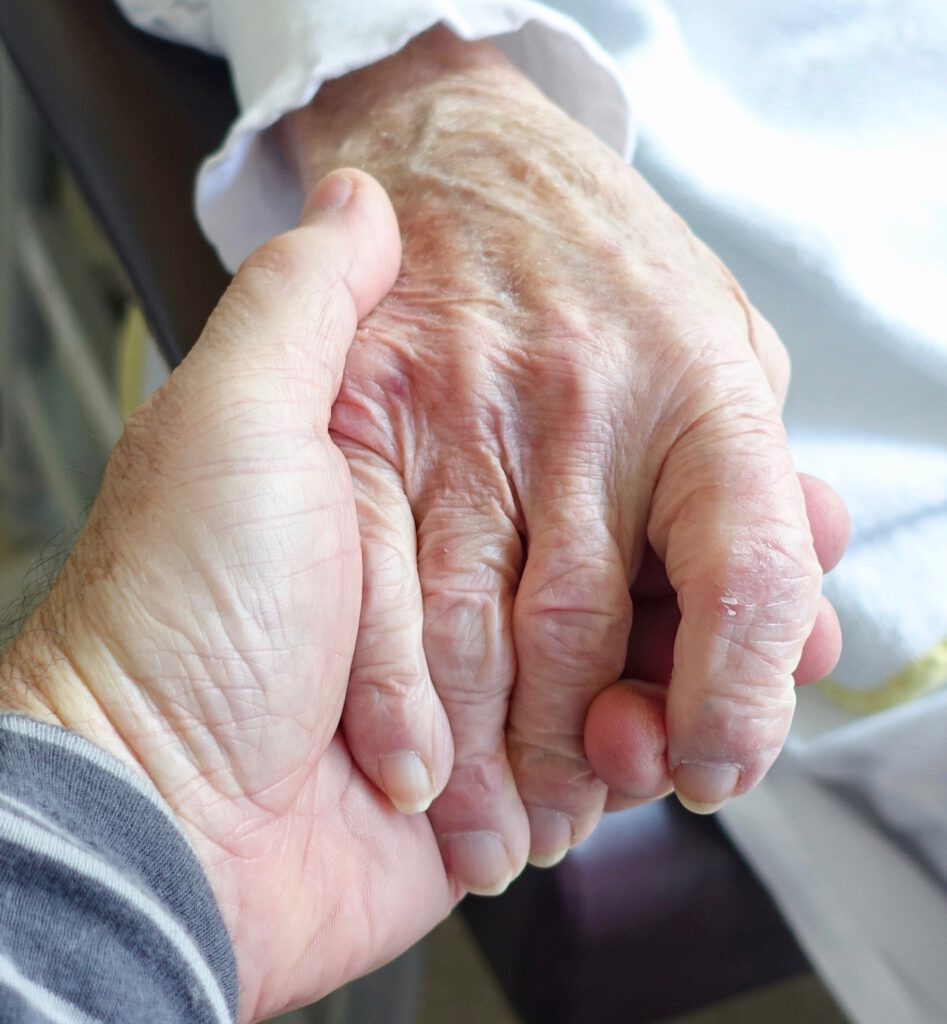
Twenty-six percent of OA patients develop arthritis in the hands, and women are more likely to suffer from it. Hand exercises can improve your strength and grasp and reduce pain. Try these exercises:
Make a Fist
- Hold your hand flat with your fingers straight.
- Bend your hand into a fist slowly.
- Keep your thumb on the inside.
- Don’t squeeze!
- Open your hand slowly and straighten your fingers.
- Repeat 10 times daily.
‘O’ Bend
- Straighten your hand to be flat.
- Slowly turn your fingers inward to create an ‘O’ shape.
- Let the fingers touch each other.
- Open your hand slowly to be flat again.
- Repeat this multiple times a day, holding your ‘O’ shape for a few seconds each time.
Knees
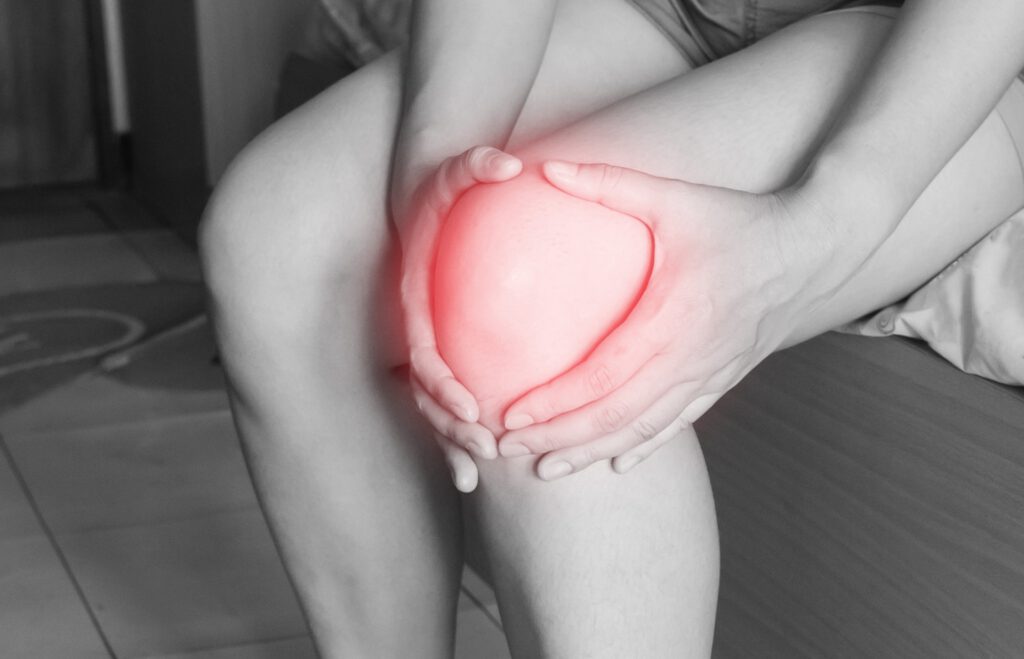
Knees are commonly affected in OA, and some gentle exercises can restore mobility, muscle strength, and reduce pain.
Try these exercises:
Calf Stretch
- Sit as though you’re about to row a boat with your legs flat against the floor.
- Wrap a towel under one foot and hold the corners with your hands.
- Pull back gently on the towel to bend the ball of your foot closer to you.
- Hold it for 15 seconds.
- Switch to the other side and do the same.
- Alternate between the two, and repeat each knee five times.
Rowing
- Assume the same position as the last exercise.
- Wrap the towel under your foot and hold the ends again.
- This time, pull your foot up off the floor so that your knee bends.
- Your knee should touch close to your abdomen.
- Repeat on both sides for five reps.
Shoulders
Another common exercise that helps any arthritis sufferer is to target the shoulders.
Try these techniques:
The Royal Wave
- Tie a resistance band to one arm of a chair and hold the other end in your opposite hand.
- Rest the free hand next to you and bring your resistance hand in front of you to point forward.
- Swing your hand away from the band gently and bring it back.
- Do this 15 times on each side.
Salute
- Stand straight with your hands resting next to your sides.
- Raise one hand to point outward.
- It must align with your shoulders.
- Bring your hand up for a salute and gently drop it back.
- Slowly drop your arm back to your side and alternate to the other arm.
Repeat this 10 times daily on each side.
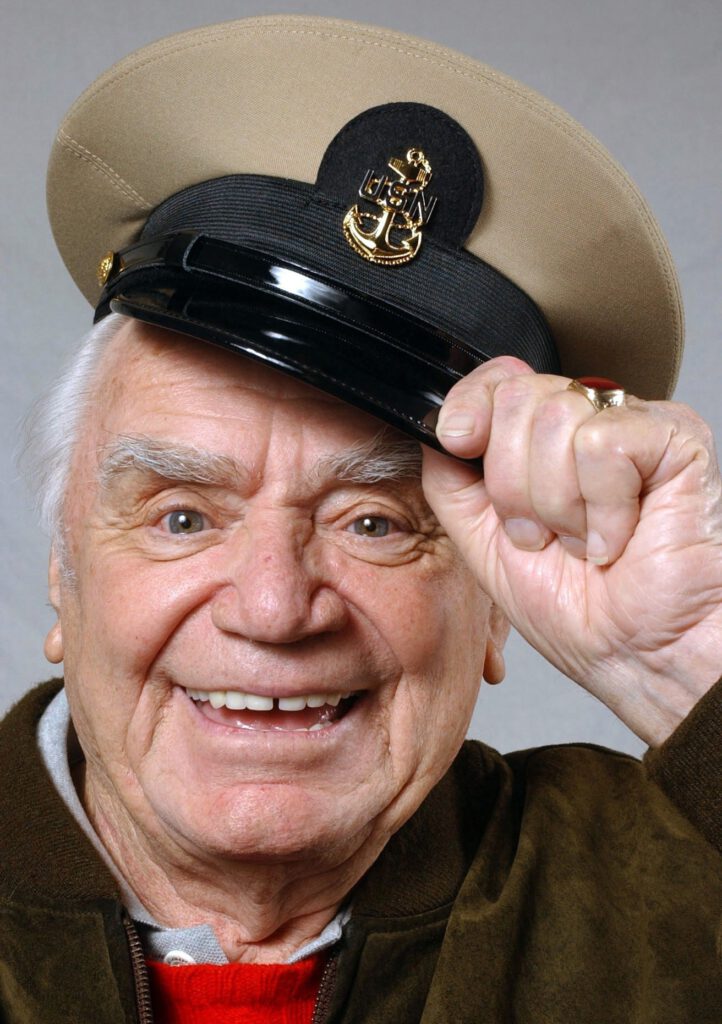
Hips
Another commonly affected set of joints is the hips.
Check with your doctor first if you have advanced OA, but these exercises should help with mobility and strength.
Hippy Circles
- Stand straight with your hands on your hips.
- Use your hands to keep your balance while you extend one leg to the side and raise it.
- Gently form circling motions with the raised foot.
- Keep circling for five seconds and bring the leg back.
- Wait 10 seconds and alternate to the other leg.
- Complete five repeats on both sides daily.
Clamming
- Lie on your side with one hand under your head and the other one on your side in a triangle shape.
- Bend your knees to bring them closer to your abdomen.
- Don’t bend far enough to cause pain.
- Now, open your top leg up like a clam’s mouth and gently bring it back down.
- Keep clamming for 60 seconds, and alternate to your other side.
Feet and Ankles
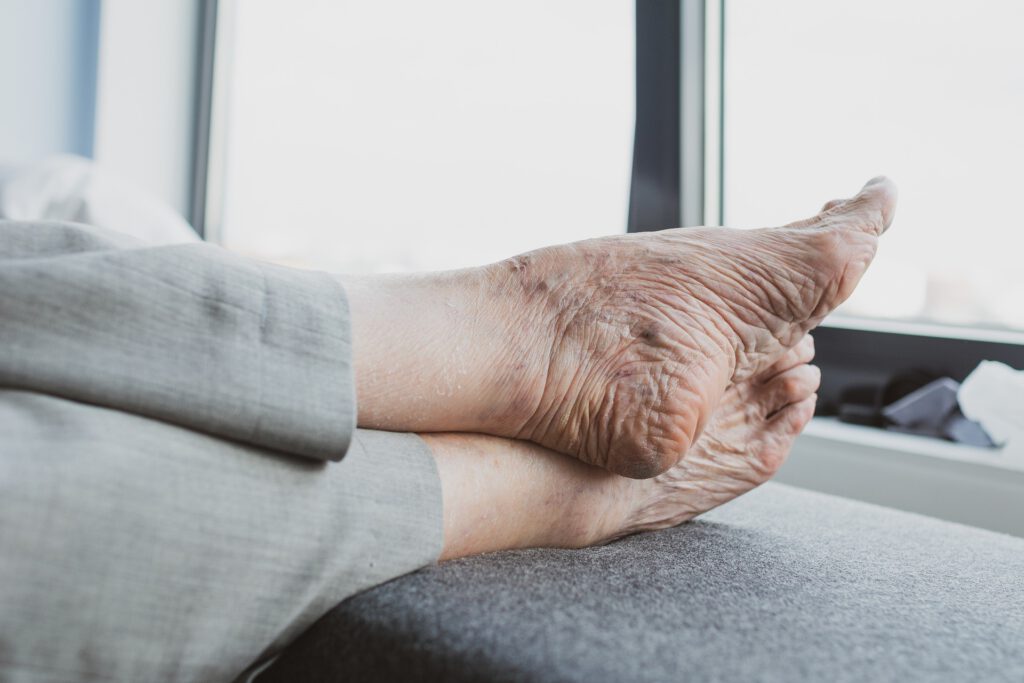
The first exercise is for feet, and the second one helps with ankle pain.
Foot Flexion Stretch
- Sit comfortably on a chair and rest one foot on your knee.
- Allow your body to twist gently to achieve the footrest.
- Grab the heel with one hand for support.
- Gently bend the toes toward the sole of your foot with the other hand.
- Hold this stretch for 30 to 60 seconds.
- Release the hold.
- Repeat this stretch four times and alternate feet.
Ankle Flex
- Sit in a chair with a thick towel under your feet.
- Flatten your feet on the towel.
- Now, curl your toes to grab the towel.
- Release and curl again.
- Allow your ankles to move backward and forward as you keep curling your toes to grab the towel.
- Repeat this for 60 seconds multiple times daily.
Final Thoughts
Every area can be exercised for optimal results, and you can easily find more specific routines through some online research.
Remember to keep your exercises low-impact, and never push through the pain.
Consider making home physio a daily ritual for greater results.

Doctor Loy
Loy Puckett MD
Emergency Medicine – 28 Years Experience

